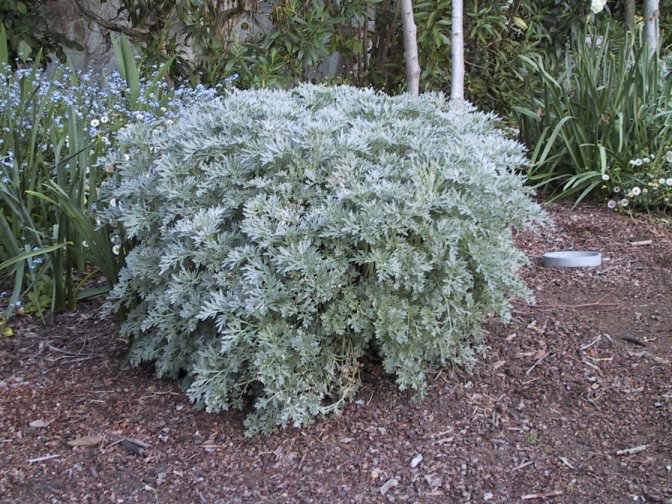| Botanical Name: Artemisia lactiflora (Guizhou Group) | |
| Common Name: White Mugwort |

-
Anatomy
-
Culture
-
Design
Plant Type
Perennial
Height Range
3-6'
Flower Color
White
Flower Season
Summer
Leaf Color
Dark Green
Bark Color
Red
Fruit Color
n/a
Fruit Season
n/a
Sun
Full
Water
Medium, High
Growth Rate
Moderate
Soil Type
Loam
Soil Condition
Rich, Well-drained, Moist
Soil pH
Neutral
Adverse Factors
Invasive
Design Styles
English Cottage, Japanese, Tropical, Woodland
Accenting Features
Showy Flowers, Unusual Foliage
Seasonal Interest
Spring, Summer
Location Uses
Background, Perennial Border, Shrub Border, Raised Planter
Special Uses
Container, Cut Flowers, Filler, Naturalizing
Attracts Wildlife
n/a
Information by: Stephanie Duer
Photographer:
Photographer:
-
Description
-
Notes
White mugwort and its cultivars are erect, clump-forming perennials which typically grow up 4 to 5 feet tall and wide. They have upright, branched, terminal sprays of loose panicles of creamy white flowers which bloom atop stiff, dark mahogany stems in late summer. Stems usually do not need staking. Pinnately divided blackish-green leaves have coarsely toothed segments. Most artemisias have non-ornamental flowers and are grown primarily for their attractive silver/gray foliage. By comparison, the white mugworts have attractive flowers and green (blackish-green in the case of this cultivar) leaves. They generally require more water than their silver-foliaged-kin.
Best grown in fertile, loamy, moderate to moist, well drained soils in full sun. Excellent soil drainage is essential for growing this plant and it does poorly in moist to wet soils as plants are susceptible to root rot. Plant stems tend to flop in the summer, if over-fertilized, over-watered, or receive too little sunlight. Prune plants in early spring to tidy, being careful to leave sufficient numbers of live buds on each stem to facilitate bushy growth. Never prune stems to the ground. Foliage may also be lightly sheared in summer to shape, but avoid pruning in fall.